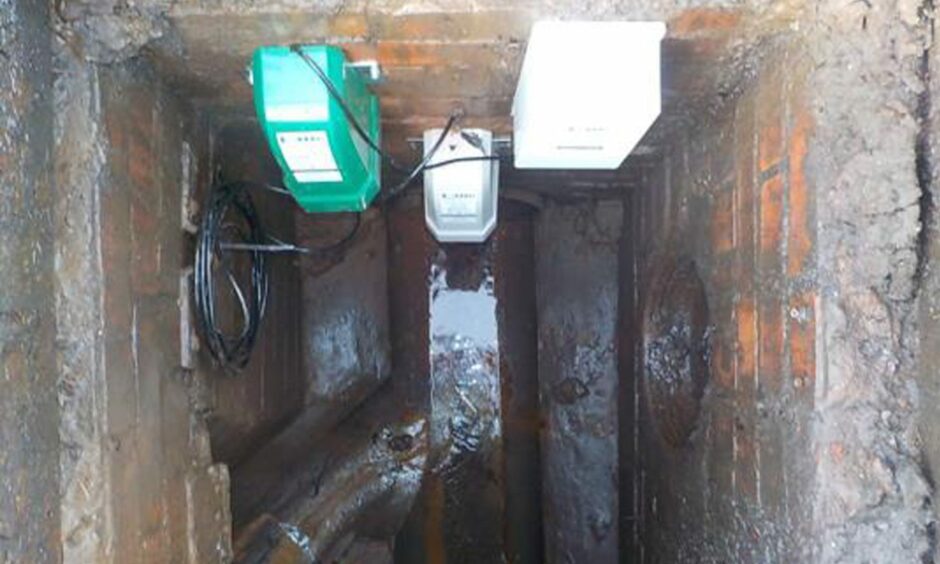Scottish Water is making £100million improvements – for customers and the environment.
The company will invest up to £100million in its intelligent asset base over the next five years, improving customer service and helping work towards its goal of being net zero by 2040.
It has been designed to use new technology to monitor sewage pipes so any issues can be identified more efficiently.
Scottish Water has said this will be beneficial in preventing wastewater issues before they have an impact on customers and the environment.
New technology is being trialled in Inverness, Lossiemouth, Erskine and East Calder – areas which have suffered from flooding and pollution in the past – and will be extended to more locations in the future.
The newly installed sensors detect blockages and have already been used to help prevent potential Environmental Pollution Incidents and flooding of customers’ premises.
Chris Toop, digital general manager, said: “We are very encouraged by the early results coming through our pilot works.
“The innovative use of sensors and analytics in this way represents a much bigger shift towards predicting and preventing issues before they impact on our customers and environment – ensuring that vital services flow smoothly and efficiently.”
A more proactive response
Scottish Water has invested around £2m in the sensors in the so far, and more than £5m in additional wastewater “exemplar” works.
Challenges have arisen at wastewater treatment assets due to the minimal access to real-time data on condition and performance, which means maintenance is “more responsive than predictive”.
To reduce reliance on site visits and improve operations, Internet of Things (IoT) sensors are being installed at 17 wastewater “exemplar” treatment works – which will ultimately reduce energy consumption across sites.
Condition sensors have also been installed on large assets, such as pumps, which can cause significant costs and pollution if they fail.
Maintenance teams are now able to act quickly if signals go outside “normal” operating levels.
Joyce Gray, wastewater business manager, said: “This is a complex programme of works and a critical part of our Digital Transformation journey, helping transform our wastewater business and drive a step-change in operational performance.
“It will allow us to make better operational decisions, be more efficient and to drive significant benefits, particularly in relation to energy consumption and responsive asset failures.”
Scottish Water is being supported by digital partners Atos and Capgemini in its digital transformation.


Conversation